| Weight | .5 lbs |
|---|---|
| Chakra | |
| Size | |
| Color |
Dumortierite Mala (7.5mm)
MANTRA: “Patience”
STONE: Dumortierite
TASSEL: 100% Silk
GURU BEAD: Selenite
HAMSA BEAD: Mother of Pearl
CHAKRA: Third Eye
KEYWORDS: Patience, Connection, New Perspective, Divine Guidance
SIZE: : 7.5mm
$160.00
1 in stock
– Dumortierite Mala –
“Patience”
Dumortierite is a stone of the third eye chakra. It promotes intuition, new perspectives and above all patience. It releases tension and anxiety. Dumortierite also helps ease non-productive, redundant thought cycles. The introduction of new perspectives when stuck in these cycles can give you just what you need to see things differently. Patience is an essential ingredient to finding your ultimate freedom, offering one room to respond and not react. It increases understanding and compassion and keeps your vibe consistent.
We chose the simple mantra, “Patience” for this dumoriterite mala. The choice not to include, “I am” in this mantra was intentional. You don’t need to be reminded that you aren’t or weren’t being patient. You just need to set your intention on patience and allow it to encompass you as easily as you might take a breath. We have chosen to knot into this mala a specific mantra, but you can easily reprogram your mala to have any mantra of your choosing. Simply hold the beads, close your eyes and imagine every knot and bead being filled with the energy that matches your chosen mantra.
We chose the mantra “Patience” for this Dumortierite mala, but you can charge your mala with any mantra of your choosing. To do this, sit quietly with your beads in your hands. Imagine white light spreading through each bead to clear. Then repeat your new mantra, visualizing it filling every bead in the mala, VOILA!
Hamsa Bead
Every omCAKIom necklace is adorned with a mother of pearl hamsa bead. The hamsa is a symbol of protection and blessings. Along with protection, it brings the wearer luck, happiness and good fortune. While stringing every hamsa bead, I do a meditation with visualization of the wearer being blessed and protected by white light. A little added energetic bonus!
Mother of Pearl
Mother of Pearl isn’t a mineral given it’s organic origins, but it is known to be very soothing and nourishing. Pearls are born when a piece of sand finds its way into a mollusk and irritates it until it attempts to sooth itself with a coating of nacre. The layers of the pearl are built out of mollusks innate desire to nourish itself. Metaphysical properties usually mirror physical properties, and that is true with mother of pearl. It encourages self-love and self-nurturing. It is also a stone of metamorphosis. The sand enters as a drab tan bit and emerges as a beautiful pearl.
Additional info on Dumortierite: Dumortierite was discovered in 1881 by the French paleontologist and mineralogist, Eugene Dumortier, after whom the mineral was named. The discovery was made in the Rhône-Alpes region of France, where Dumortier was conducting research on fossils and rocks. Dumortierite has since been found in various locations around the world, including the United States, Namibia, Madagascar, and Brazil. It is a relatively rare mineral that is valued for its beautiful blue color and its use in the manufacture of ceramics, glass, and other industrial applications.
5 Interesting facts about Dumortierite:
- Metaphysical Clarity and Patience: Dumortierite is often associated with mental clarity, focus, and enhanced patience. It is believed to stimulate the intellect, promoting a sense of order and organization in one’s thoughts. The crystal is thought to aid in problem-solving and decision-making processes, encouraging a calm and rational approach to challenges.
- Blue Hue and Mineral Composition: Dumortierite is typically recognized for its deep blue color, ranging from violet-blue to dark blue. The blue hue is attributed to the presence of iron and manganese within the crystal structure. Dumortierite is a borosilicate mineral and is part of the quartz group, sharing some similarities with other silicate minerals like tourmaline.
- Named After a French Paleontologist: Dumortierite is named after the French paleontologist Eugène Dumortier, who made significant contributions to the field of paleobotany. The mineral was first described by Dumortier in 1881. The discovery occurred in Chaponost, Rhône, France, where Dumortierite is still found today, though it is also located in various other parts of the world.
- Inclusions in Quartz and Other Host Rocks: Dumortierite is often found as inclusions within quartz crystals or in association with other minerals. The combination of Dumortierite’s deep blue color and its presence within quartz can result in striking gemstone specimens. It is also found in various host rocks, including granite and schist.
- Enhancing Psychic Abilities: In metaphysical practices, Dumortierite is sometimes believed to enhance psychic abilities and spiritual insight. It is thought to facilitate communication with higher realms and spirit guides. Some practitioners use Dumortierite for meditation to deepen their connection to inner wisdom and intuitive understanding.
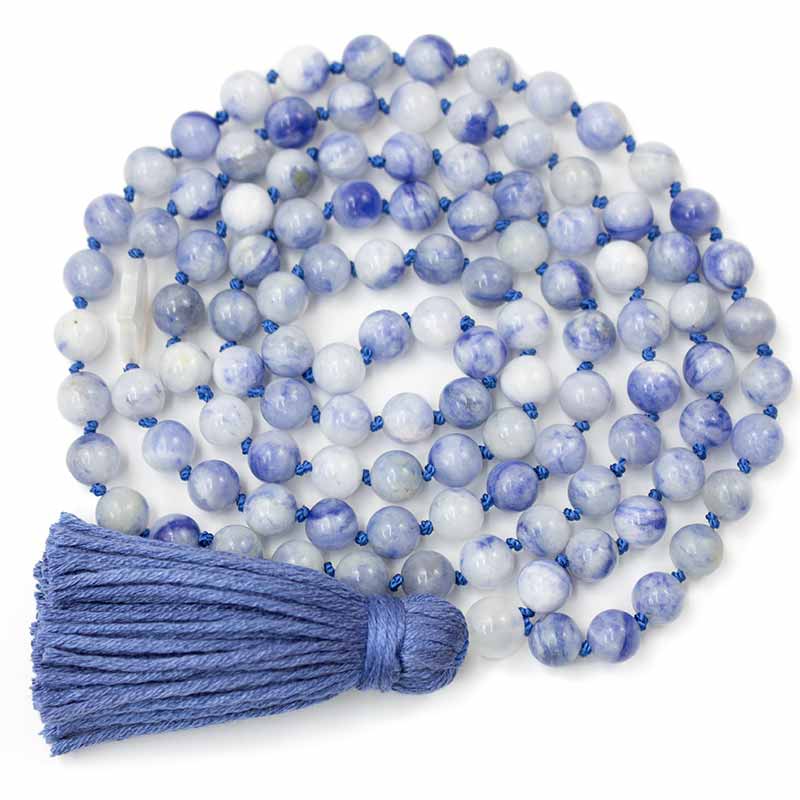
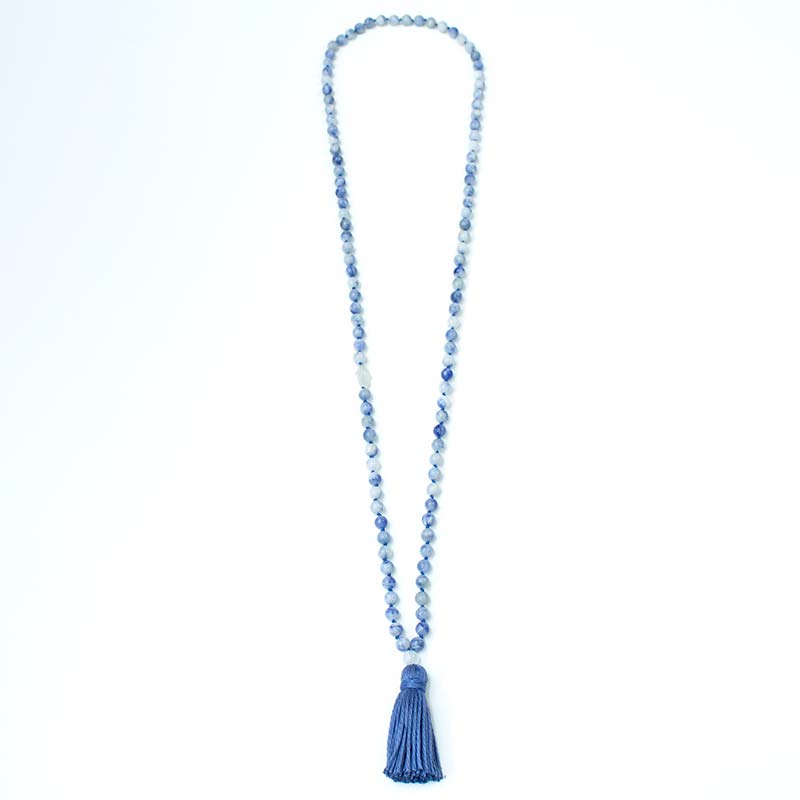
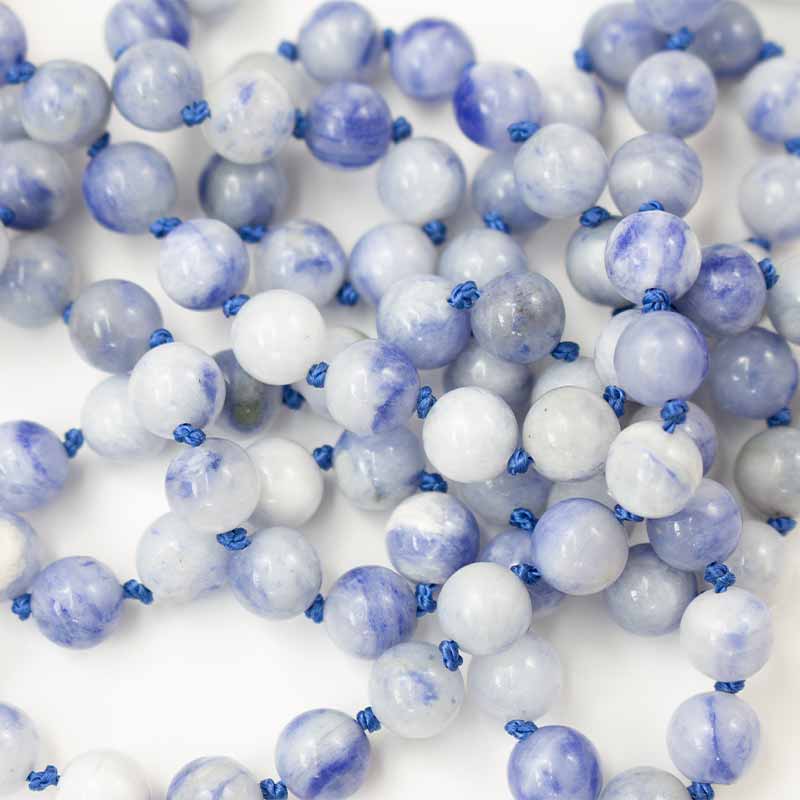
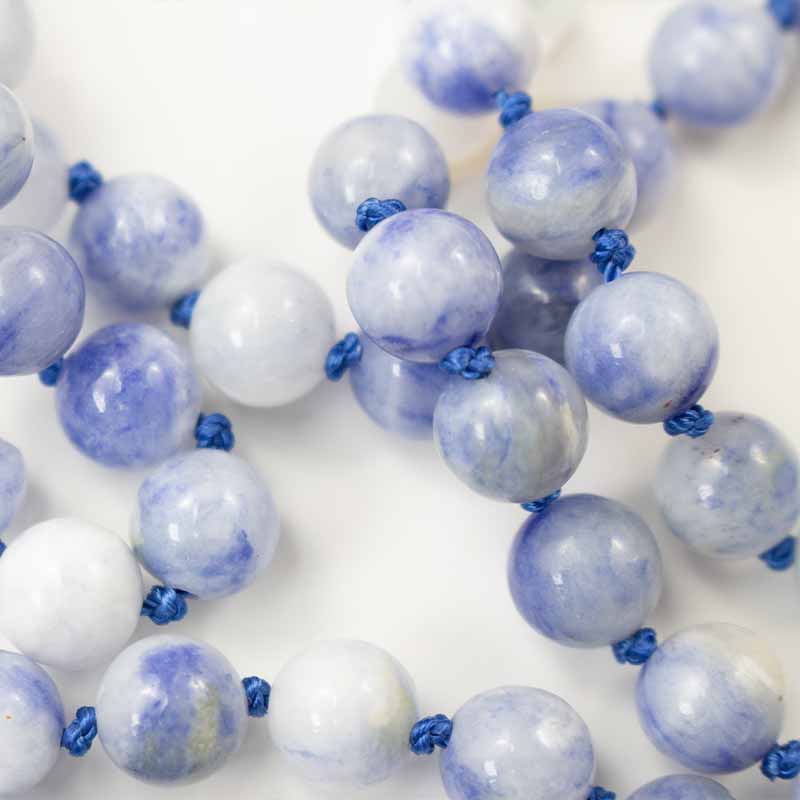
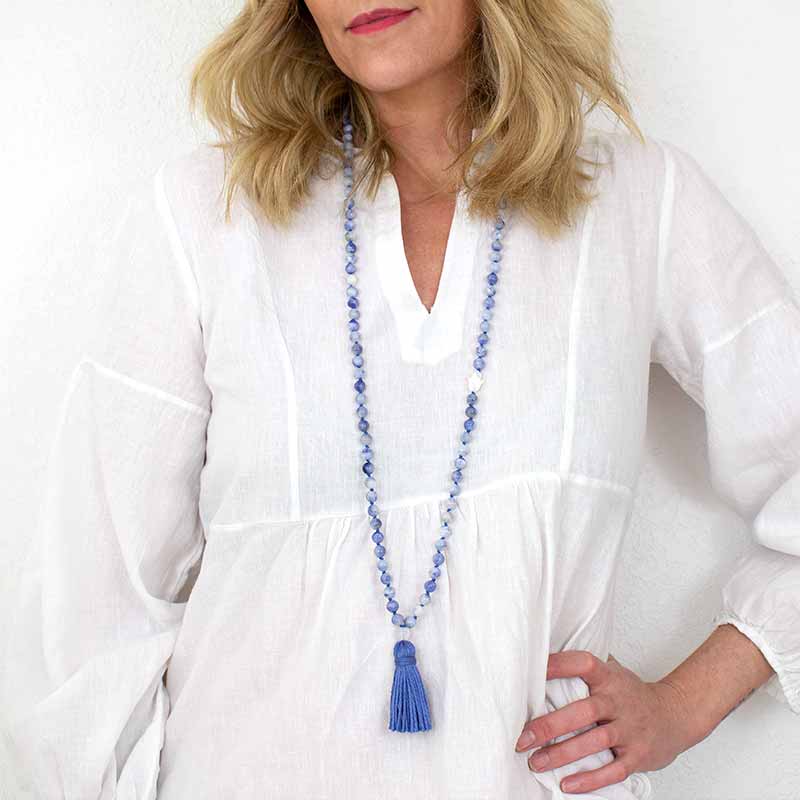
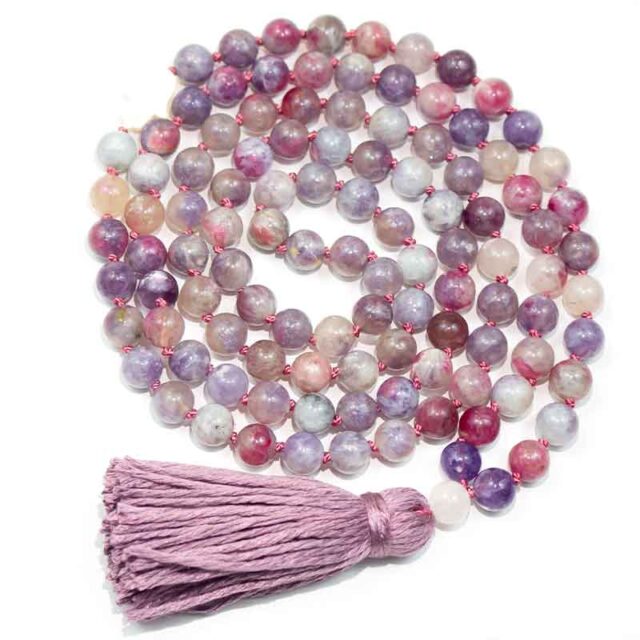
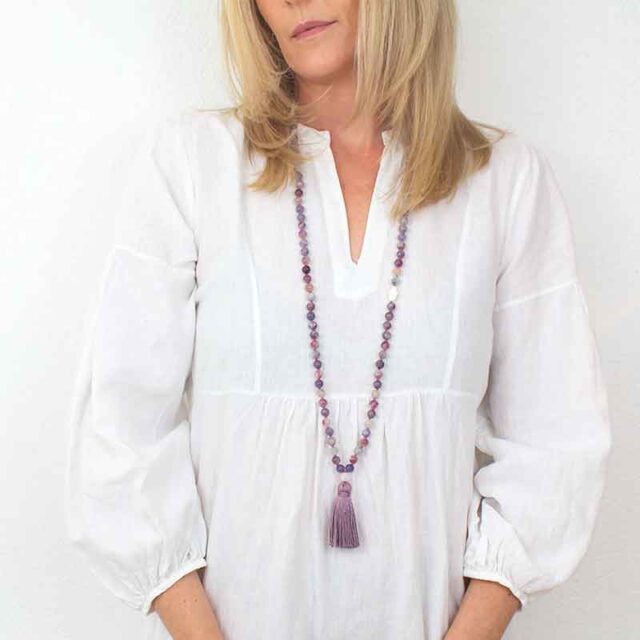
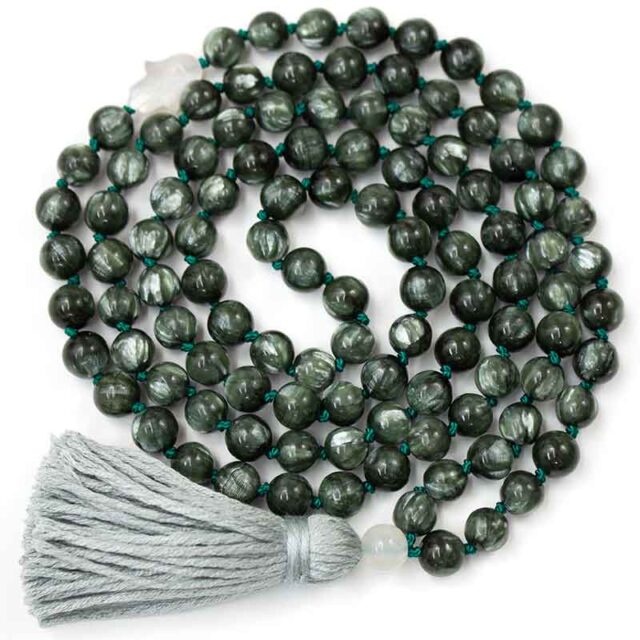

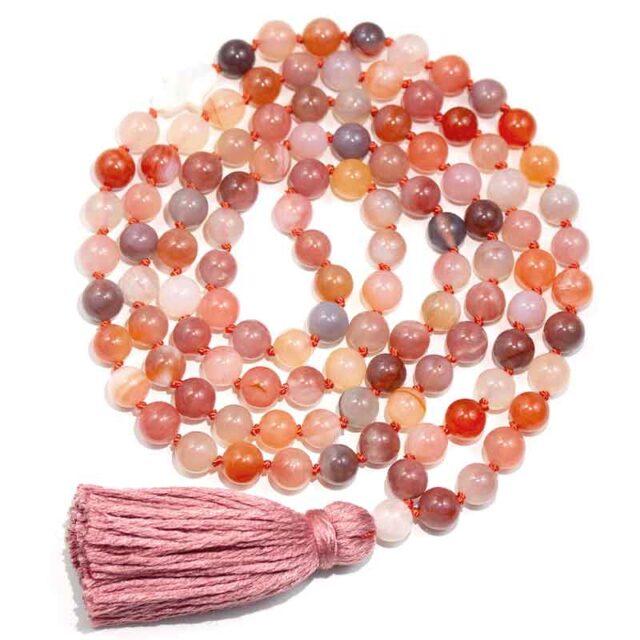
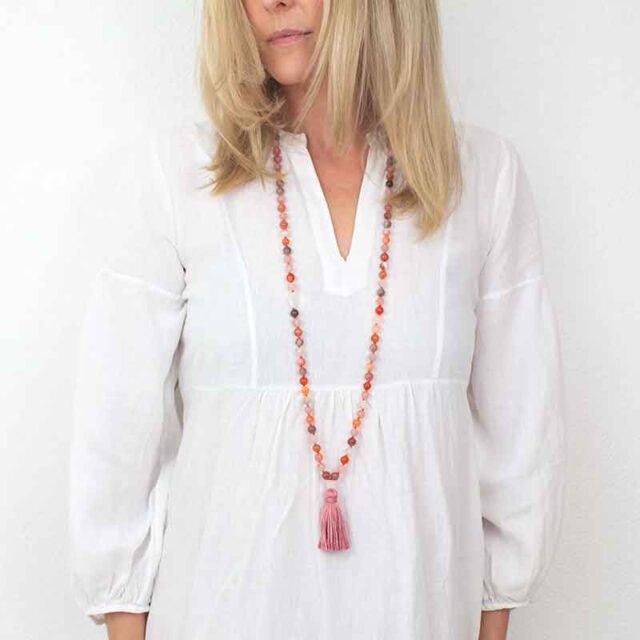
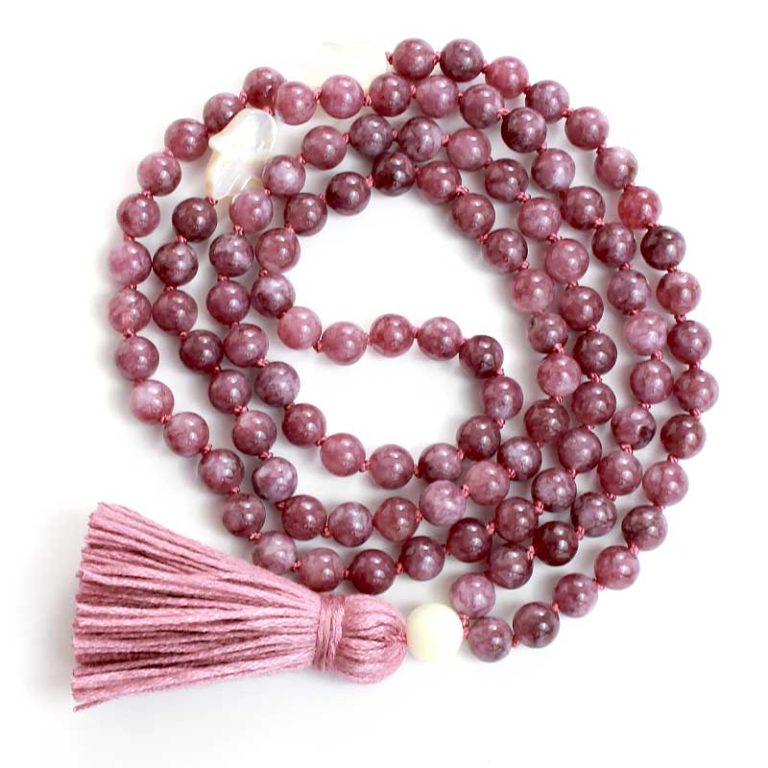
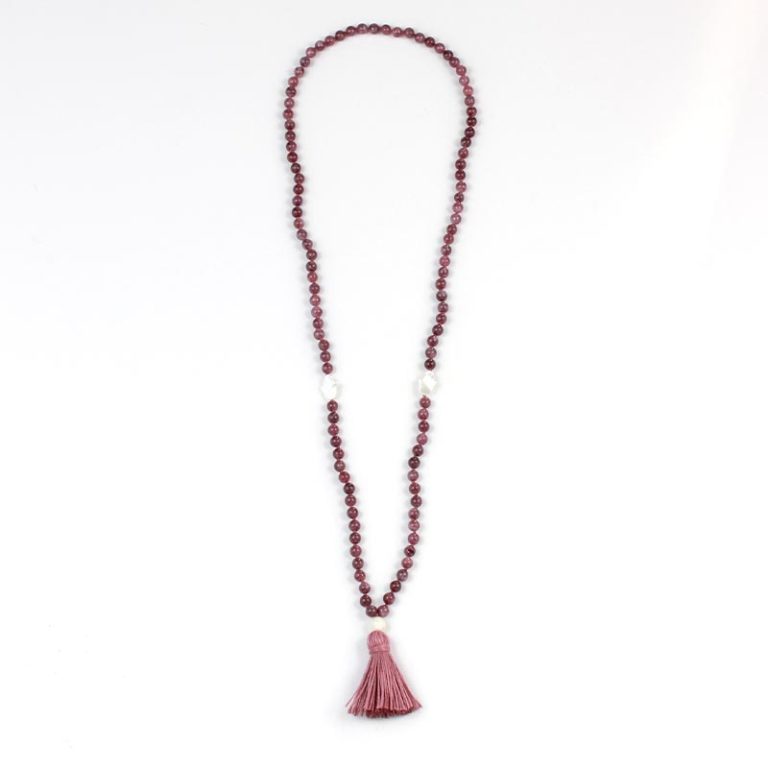
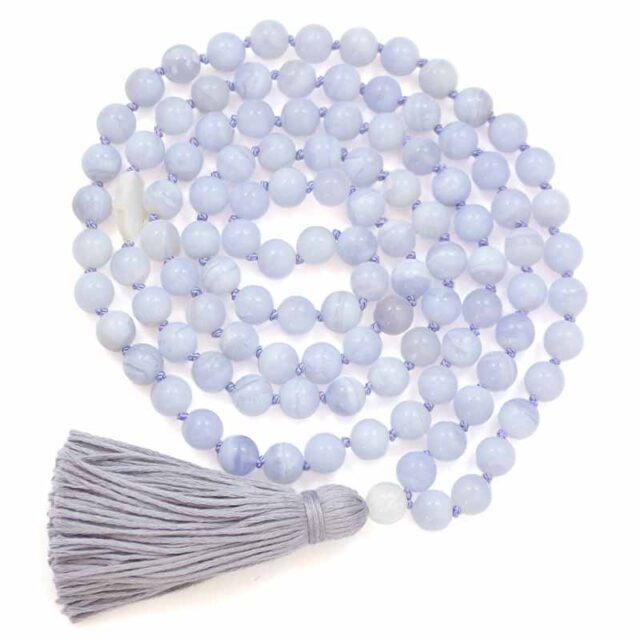
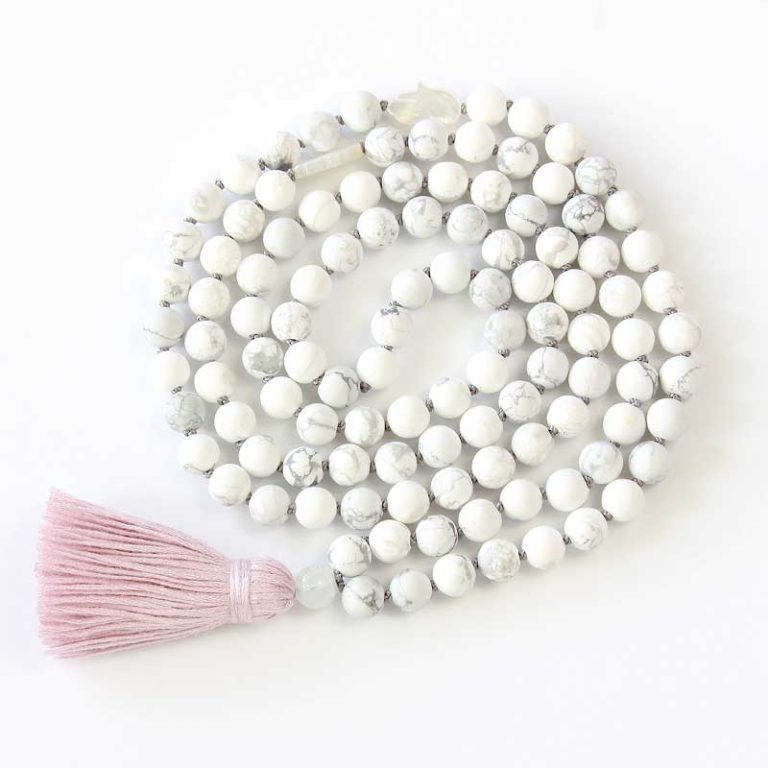
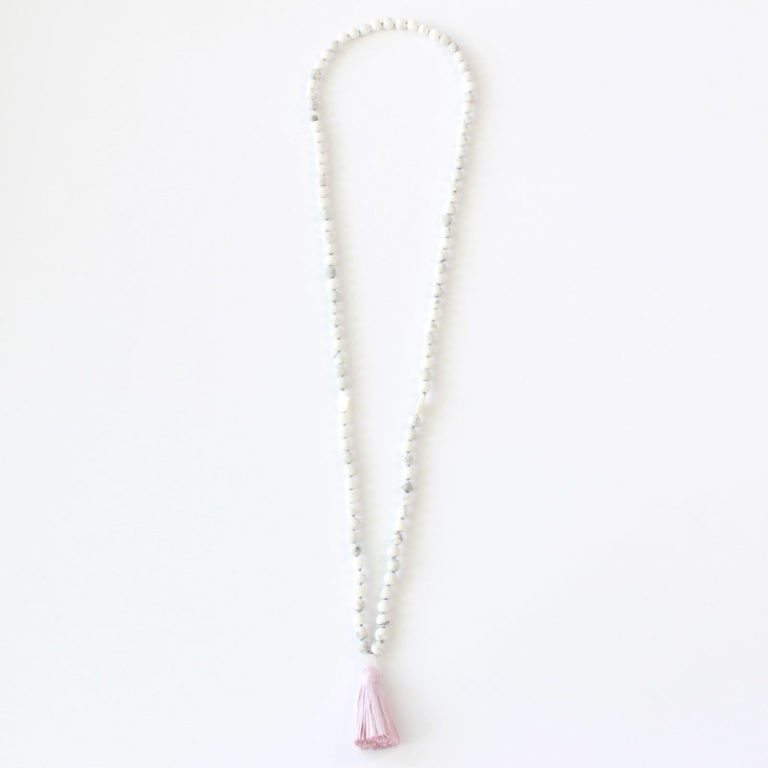
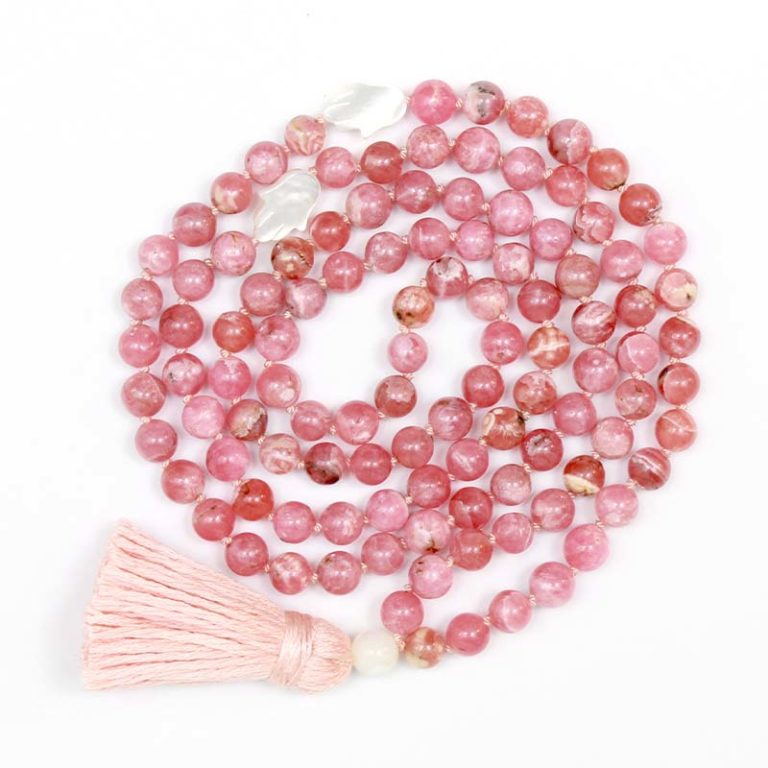
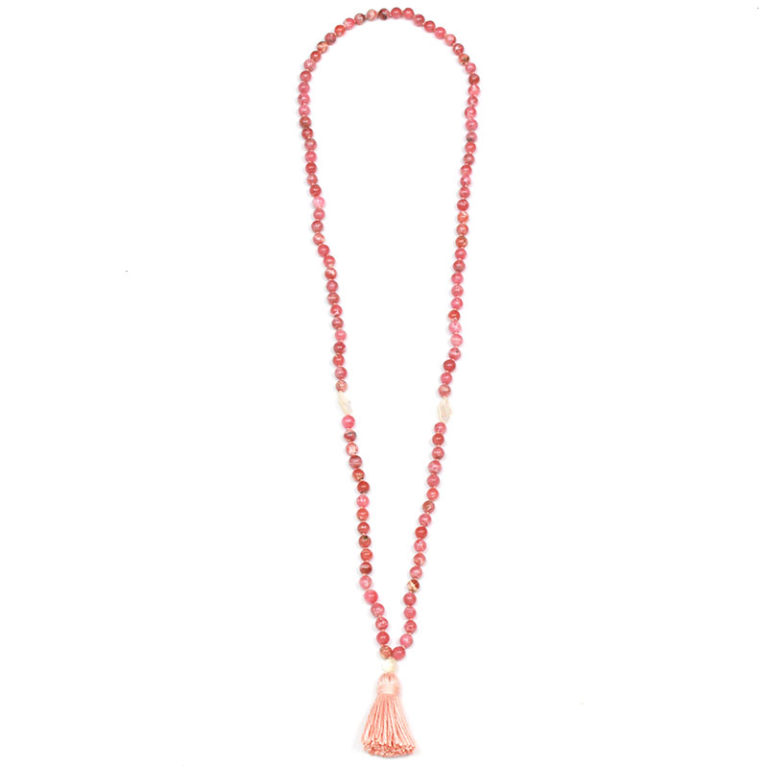
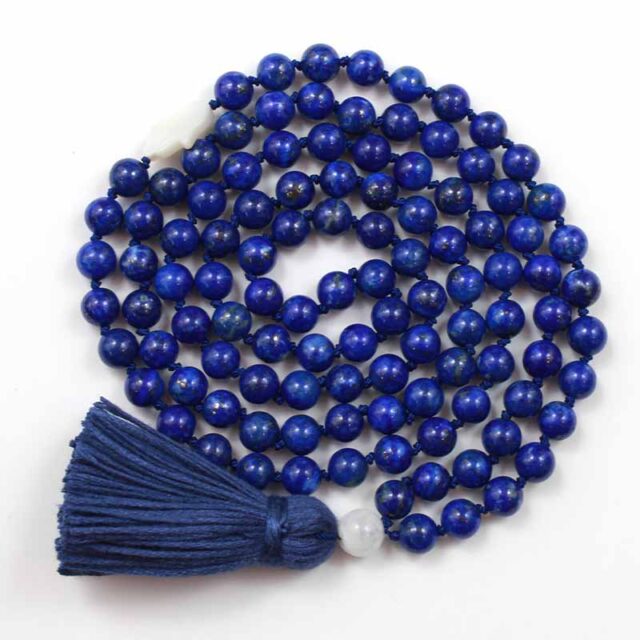
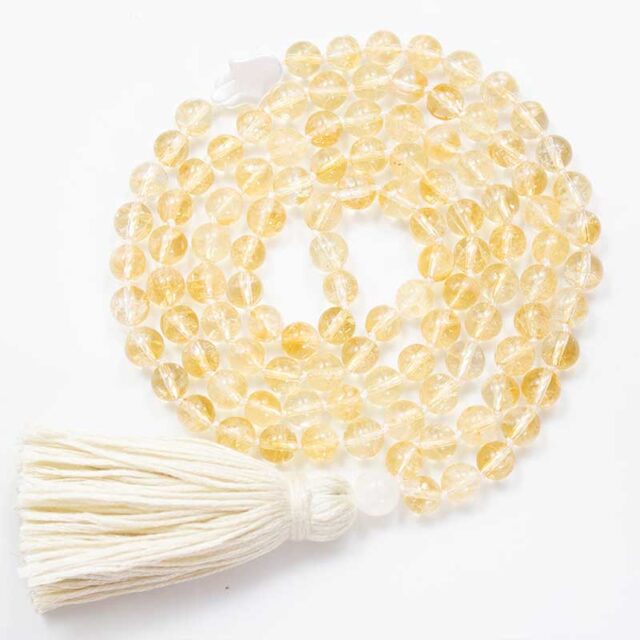
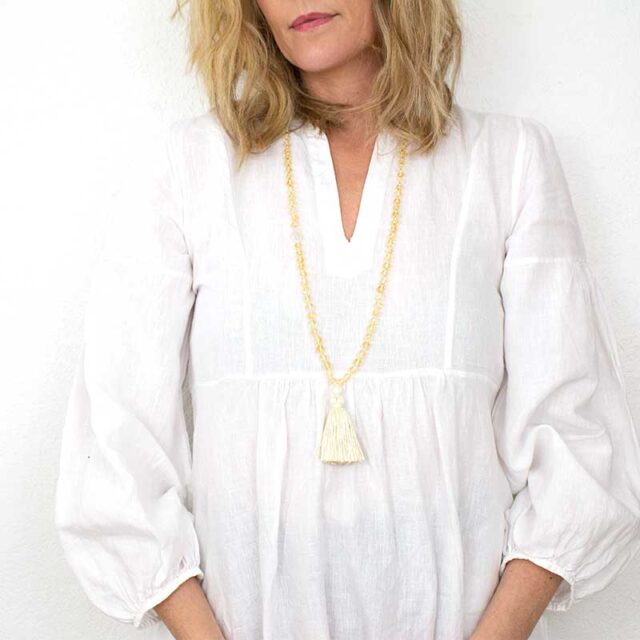
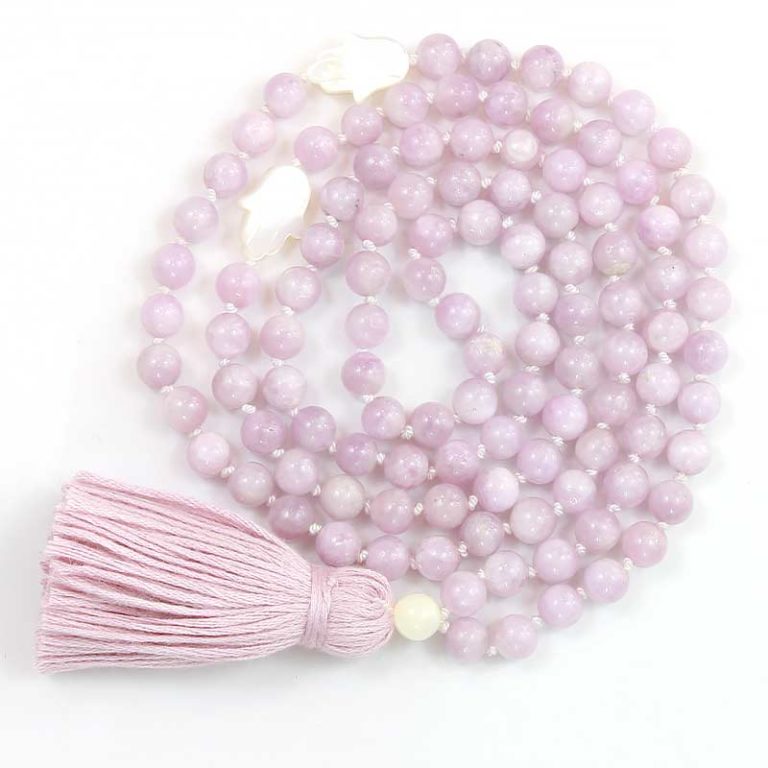
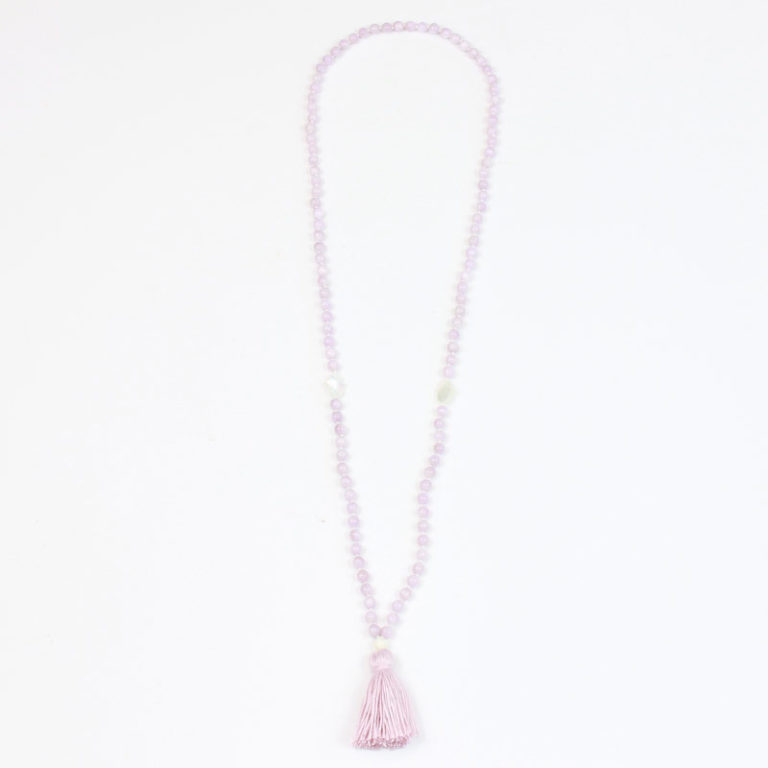
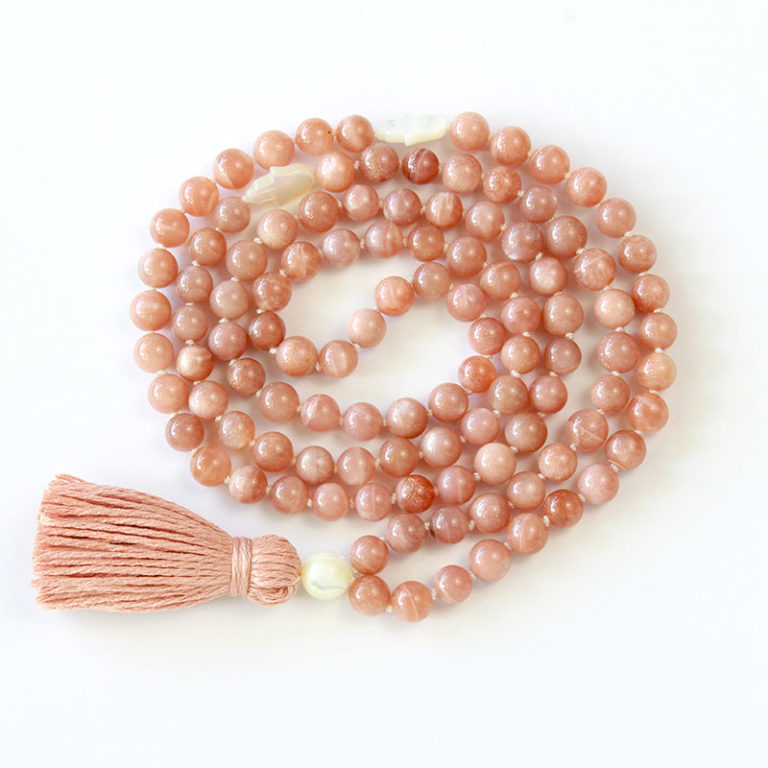

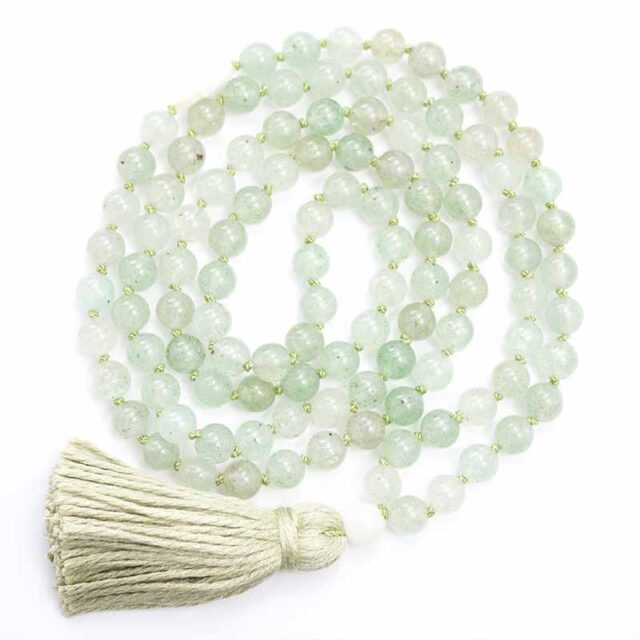
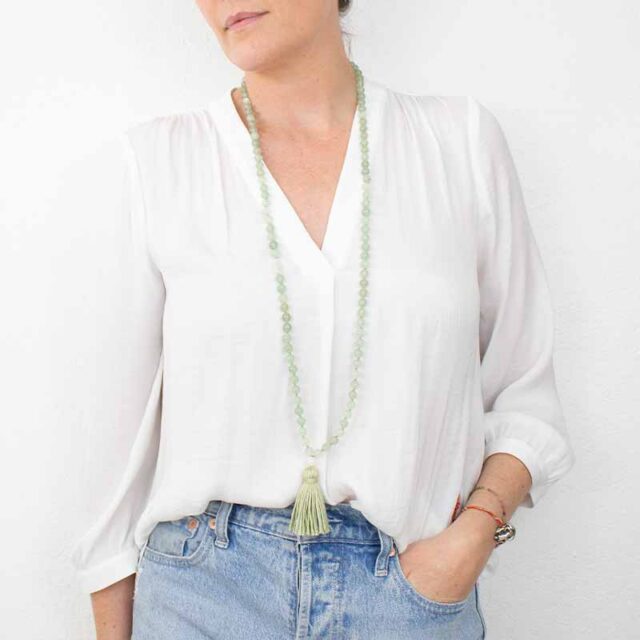
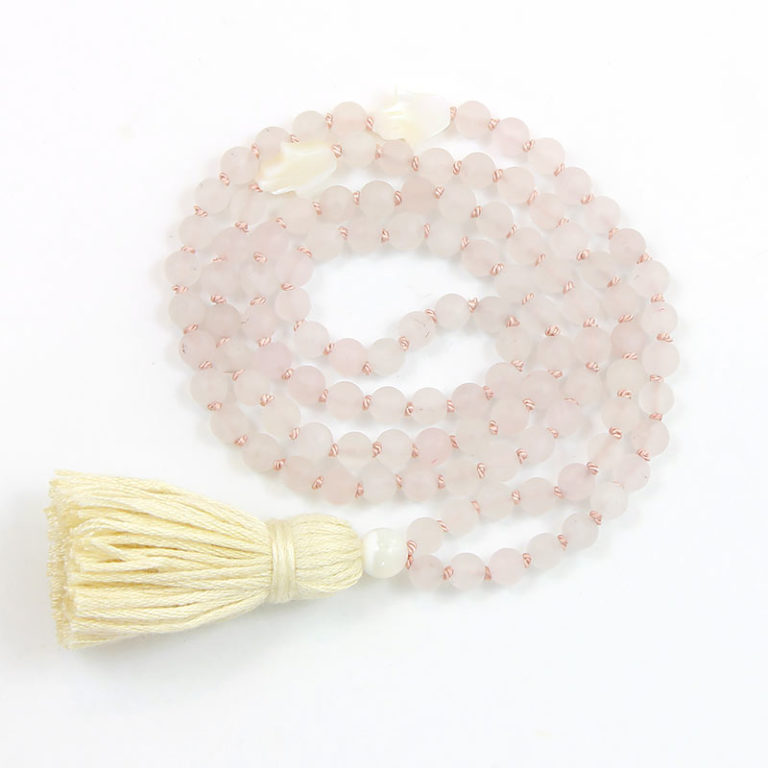
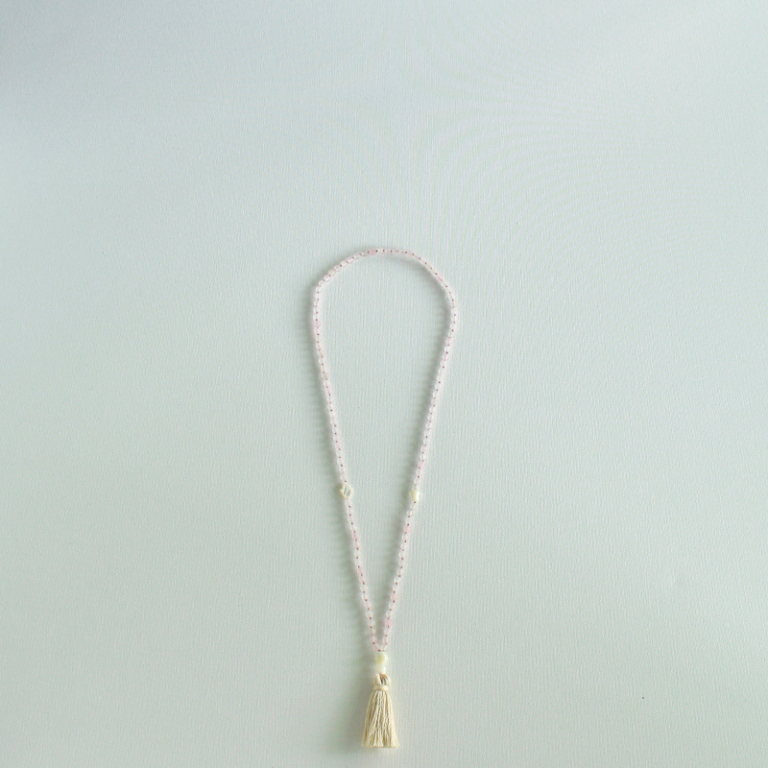
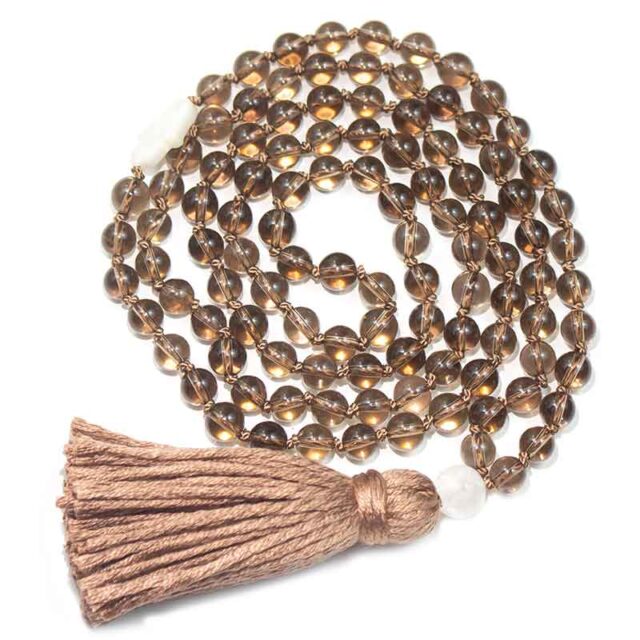
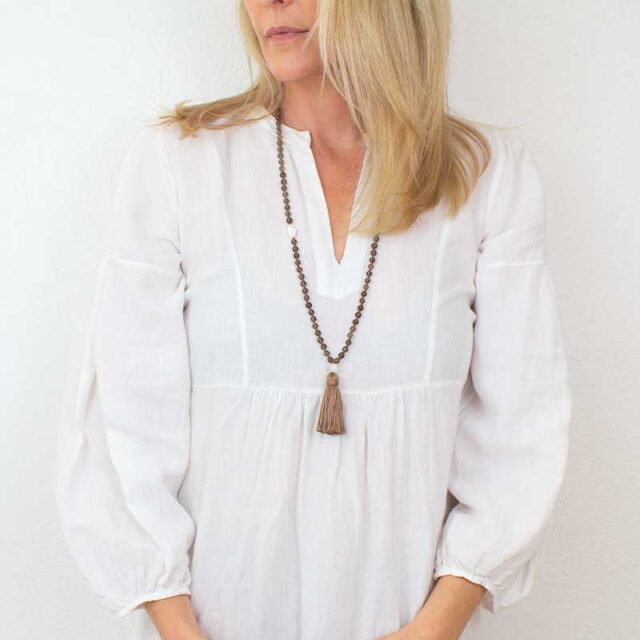
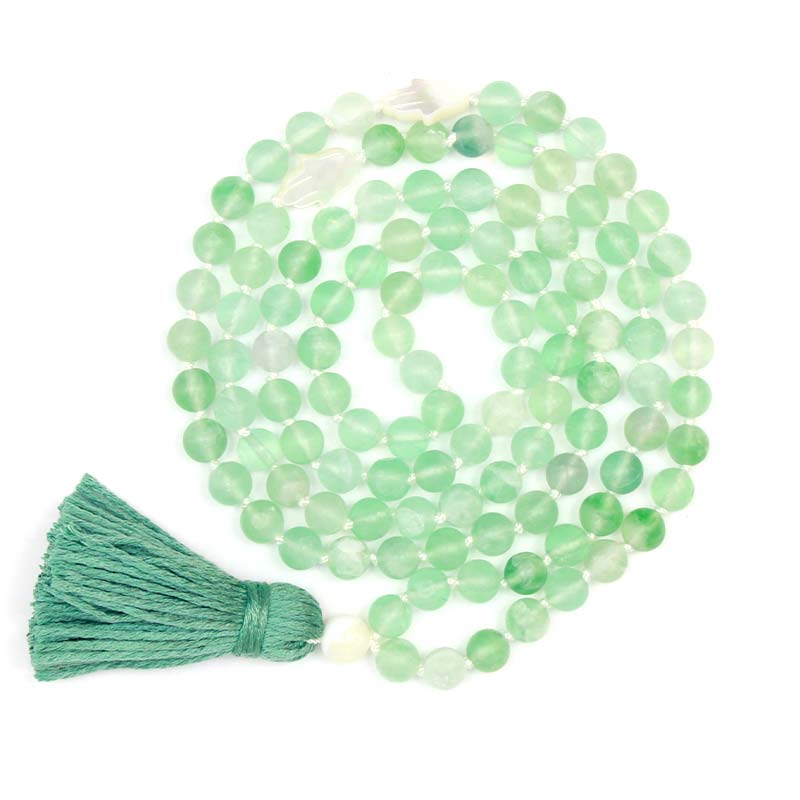
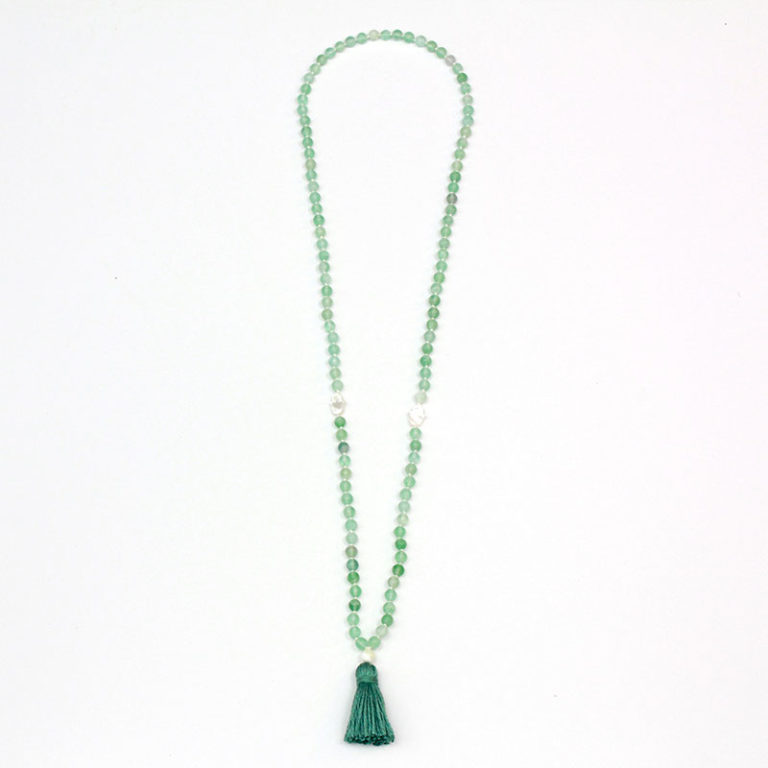
 No products in the cart.
No products in the cart.